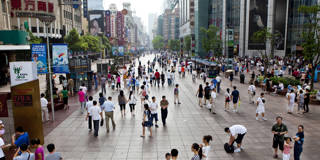The Making of China’s Consumer Society
China’s transformation from a manufacturing-driven and export-led economy to one underpinned by services and domestic consumption is firmly underway. And that's good news, not just for China, but also for the future of the global economy.
HONG KONG – China’s transformation from a manufacturing-driven and export-led economy to one underpinned by services and domestic consumption is firmly underway. And that’s good news not just for China, but also for the future of the global economy.



HONG KONG – China’s transformation from a manufacturing-driven and export-led economy to one underpinned by services and domestic consumption is firmly underway. And that’s good news not just for China, but also for the future of the global economy.